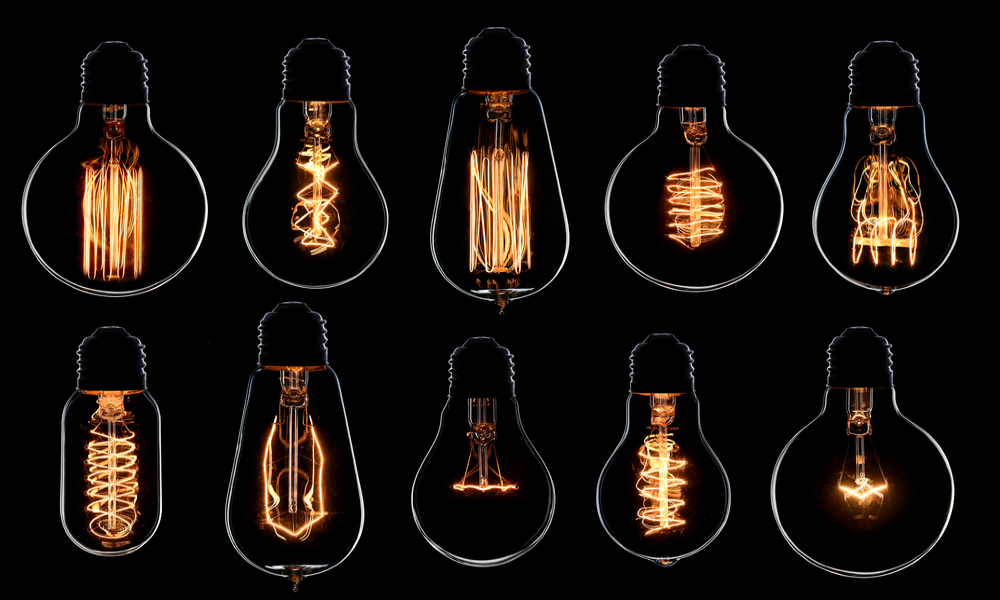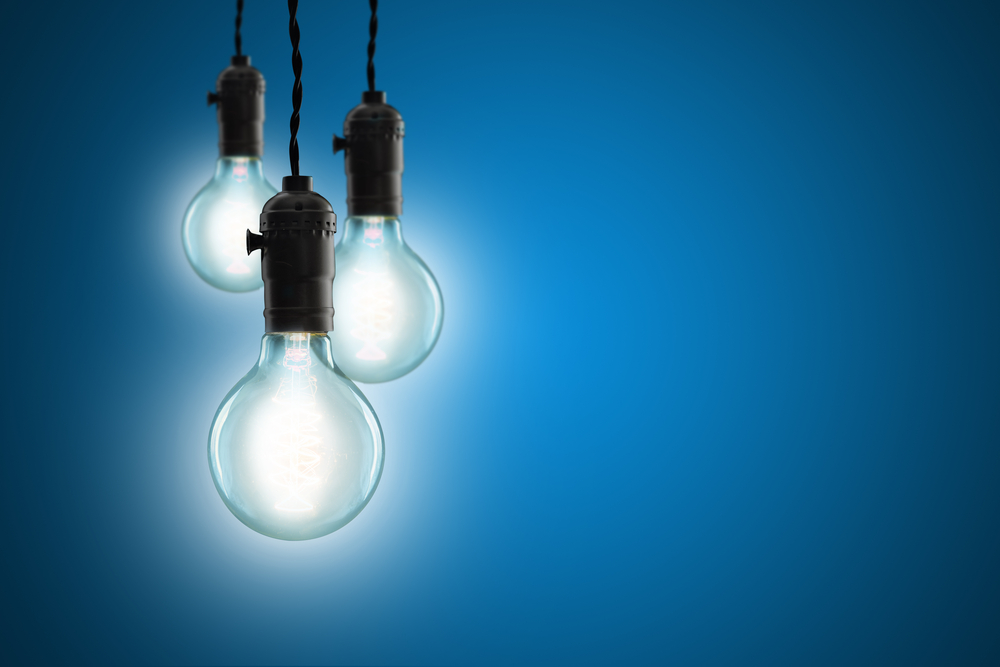Do Dimmers Use Less Electricity? 5 Truths Revealed

There seems to be no end to rising electricity costs. It’s no wonder most people are looking for ways to cut energy consumption. When it comes to energy-saving measures, dimmers have become a topic of debate. Because dimmers reduce the light coming from the lighting fixtures, people assume they likewise reduce the bulb’s power consumption.
But do dimmers save electricity? Let’s find out as we take a look at these modern ways to control the amount of light coming from a lightbulb without the need to rewire your lighting system.
How Do Light Dimmers Work?
If you think that light dimmers are a relatively recent innovation, you’re wrong. Actually, the dimmer switch was invented way back in 1959 by Joel Spira, who patented his invention and then founded Lutron Electronics in 1961. The company eventually became the leader in the lighting control industry.
The light dimmer switch Joel Spira invented had evolved dramatically since it first came into being. The first dimmer switches were big and clunky contraptions. They require the use of transformers and resistors as well as special outlet boxes, which makes them costly gizmos. Moreover, the precursors of today’s dimmers gave off a lot of heat coming from the energy they absorb as a means to turn down the brightness level.
The first dimmer switch Lutron offered to the market was called the Capri. It’s a rotary dial switch and turning it allows the user to dim or brighten the lights in the room. One of the earlier models of this dimmer switch is displayed at the Smithsonian National Museum of American History.
Old dimmer switches work by diverting energy from a light bulb into a resistor to raise or lower the brightness of the light. The resistor, called a rheostat, controls the amount of power that goes into the light by turning that energy into heat. As such, old dimmers don’t reduce energy usage but instead are only effective for mood lighting.
Today’s modern dimmer switches work quite differently. Due to technological advances, they no longer need to turn the energy into heat to control the lighting level. Instead, they use a device called a Triac switch that rapidly turns electricity on and off to reduce the amount of power going into the circuit. This gives present-day dimmer switches the ability to reduce the light coming from the bulbs without wasting electricity, making them more energy-efficient than old switches.
Does Dimming The Lights Save Energy?

Dimming the lights work great for setting the mood, but does it reduce power use? There’s no quick and easy answer to the question. Instead, let’s take a look at where and how dimmer switches save on electricity.
1. Dimmers in Incandescent Lights Don’t Necessarily Save Energy
You might think that less light equates to less energy consumption. Unfortunately, that’s not usually the case. Using a dimmer switch on incandescent bulbs doesn’t lead to a reduction in power consumption. True, the light level goes down, but that’s because the current that should have gone into the bulb turned into heat. This reduces the brightness of the light but not its energy use.
With incandescent, using a lower bulb wattage is more energy-efficient than combining them with a dimmer switch. Better yet, ditch those outdated bulbs.
2. Halogen Light Bulbs Save Energy While Shortening Its Lifespan
Halogen bulbs are perfectly dimmable and unlike incandescent lights, dimming this type of bulb lets you save on electricity for your lighting needs by around 20%. However, the more you dim these lights, the quicker they burn out, so you’ll have to decide whether the power you save is worth the added expense of replacing the halogen bulbs more often.
3. Only Dimmer-Compatible CFL Light Bulbs Save Electricity
Although energy-efficient CFL lights have been in the market for decades, they weren’t compatible with dimming. Using a dimmer switch with traditional CFLs causes the bulbs to shut off completely.
Advances in CFL technology led to dimmable CFL lights. These models have dimmable ballasts, which make them compatible with dimmer switches.
Because dimming the lights save on electricity, installing dimmer-compatible CFL lights can help cut your energy consumption.
4. LED Light Bulbs Are Energy Efficient
Among the different lighting options available today, LED lights are considered the most energy-efficient as they can light up your home more than traditional bulbs.
Lighting products that use LED or light-emitting diodes consume 25 to 80 percent less electricity than incandescent bulbs. Thus, replacing the 5 most frequently used lights in your home with Energy-Star-rated LED bulbs can help you save around $75 a year on your power bills.
5. Smart Bulbs Are Excellent Alternatives
Smart bulbs aren’t like your typical lighting options. They can do so much more than light up a room. That’s why they’re called smart.
A smart light bulb does the following things:
- Dims: You don’t even need light dimmers for that. Connecting the bulb to its corresponding app does the trick.
- Changes color: Warm up or warm down the feel of the room, jazz it up with holiday feels, or match your lighting to your party’s theme by tapping the color wheel of the bulb’s app.
- Connects to the internet: This feature lets you control the light settings even when you’re not home. Leaving for a vacation? Your home won’t look deserted if the lights turn on and off at appropriate times of the day and night.
FAQs
How much Electricity do Dimmers Save?
With the Triac switch, dimmers cut the flow of electricity to a light fixture around 120 times a second. At that speed, the human eye can’t detect the flickering created by the rapid on and off switching of the circuit.
How much electricity you save with dimmers depends on how much you dim your lights. Lowering the brightness level by 50% can bring down your power costs by up to 40%. The bonus? Your bulb can last 20 times longer.
What is the Highest Wattage LED Dimmer?
Dimmers for home lighting fixtures come in several wattages, ranging between 150 watts to 1000 watts. When dimming LED lights, calculate the dimmer load by dividing the dimmer’s maximum load, which you can find in the package, by 10. That means a 500 watts dimmer can accommodate 50 watts of LED bulbs or 10 5-watt bulbs.
What is Lights Flickering a Sign Of?
Home lights flicker for various reasons, some benign and some pose risks. Minor ones include a faulty light switch, bulb and dimmer incompatibility, and a loose connection between bulb and socket.
Meanwhile, voltage fluctuations, outdated wiring connections, and overloaded circuits also cause lights to flicker. Such reasons are dangerous as they can lead to home electrical fires.
Why do my LED Lights Buzz on a Dimmer?
Most LED lights out in the market today are dimmable. However, if you hear buzzing when you dim your bulbs, the problem may have to do with compatibility issues between the LED lights and your dimmer. You see, not all dimmer switches work with LED lights. Those designed for incandescents, for example, can lead to that humming sound you hear.
Do Dimmers Waste Electricity?
In the past, dimming the lights doesn’t reduce energy use electricity consumption because the dimmer switch still sends the same amount of electricity to the bulb. To reduce the light’s brightness, the dimmer simply turns the electricity into heat.
Modern dimmers have gotten smarter, thanks to advancing technology. Today, a dimmer switch works by sending less energy to dimmed lights, leading to less electricity consumption.
Are Dimmer Switches Worth It?

It’s just a light bulb, you may say, so how much utility costs can you save with it? Maybe not much every month. But the savings do accumulate over time, especially since 5% of the energy budget of a typical household in the U.S. goes to its lighting needs.
Not only do dimmers reduce power consumption, but they also increase the lifespan of your bulbs because dimming reduces the time your lights are on maximum power. Along with other energy saving tips, dimmers can save you money, too.
Want to set the mood for a cozy and relaxing evening? Tweak that button, and you’ll get a dimmed room where you can just chill, thanks to your dimmer.
The bottom line is, dimmers are worth it for many people, and you may want to try one out.
Updated on
